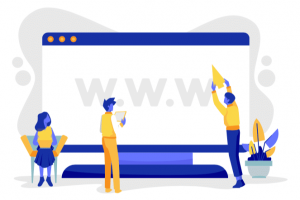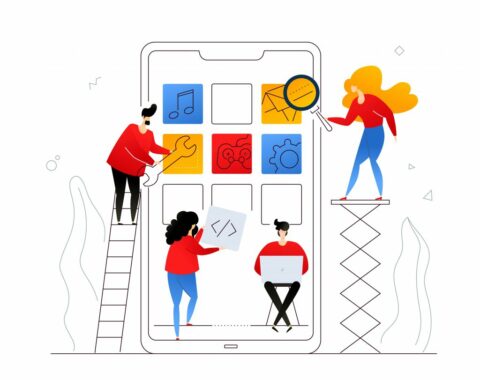At TechGigs, it’s a culture of creating a world of unknown limits, and no boundaries of creativity and imagination through our work which is a pure combination of our efforts and plans. A website has the ability to create or break a company. A visually appealing and user-friendly website will attract new clients and increase profits. If it takes forever to load or appears dated, that company will lose sales to competitors, and its brand image may suffer long-term harm.
The act of creating a website, app, or piece of software is called web development. It entails identifying the client’s requirements, designing a user-friendly interface, and adding functionality for the user, whether they’re searching for information, placing an order, making an appointment, etc.
Beginning with a front-end language like HTML, CSS, or JavaScript is a common practice for new coders.
A front-end language, HTML instructs the browser where to place text, headings, and links on the screen. Since HTML is still one of the most commonly used programming languages, most programmers will begin by learning it first.
In addition to HTML, CSS is another interface language used. CSS gives coders the ability to alter the font style, image size, and placement of content.


Interactivity on websites is achieved using JavaScript. With its ability to be used for both front-end and back-end writing, it is also one of the more adaptable languages.
However, the interface is not the only consideration. You’ll need to master at least one backend language if you want to be a full-stack developer.
PHP is widely used and simple to learn for new coders. It’s popular for modifying Wix and WordPress web pages. Another popular backend language is Java. Java-based websites are reasonably simple to maintain, and it’s a language that’s used even on very large websites with a lot of data.


